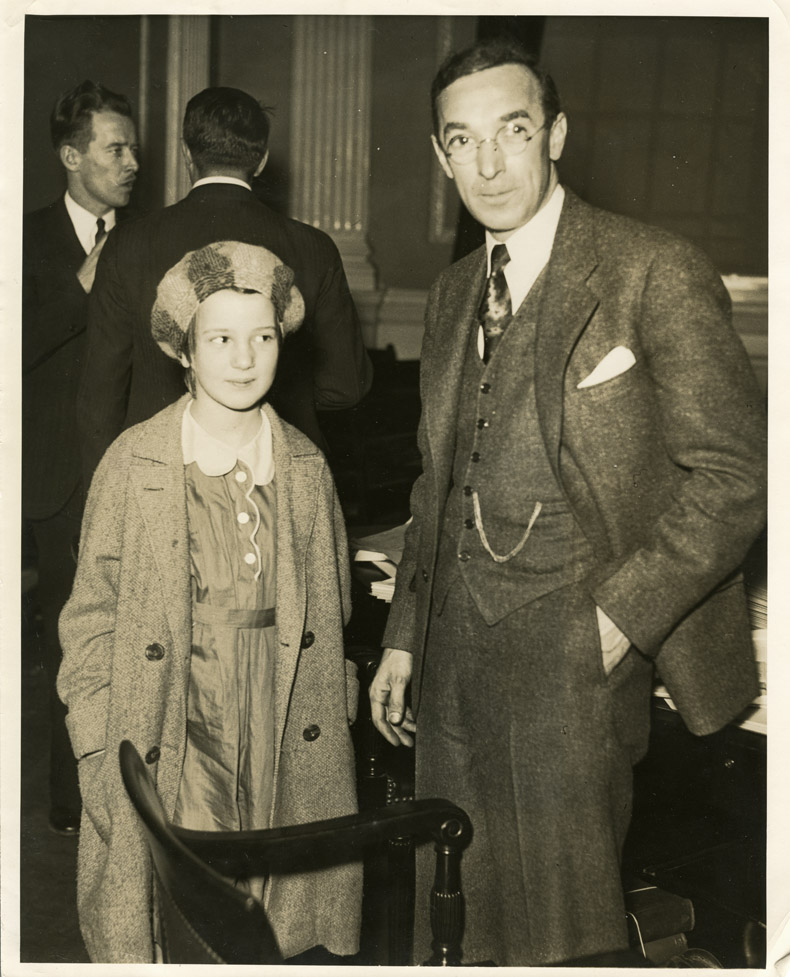Norfolk Prison Colony Collection

In the late 1920s, the sociologist and prisoner reformer Howard Belding Gill proposed building a “model community prison” at Norfolk, Mass., that would represent a radical new approach to dealing with crime and punishment. Integrating social work and sociological theory into the workings of the prison system, Gill reasoned that it would be possible to diagnose and treat the root problems that led to crime and redirect inmates toward constructive behaviors. Built by inmates themselves, the prison opened in 1932, but with opponents decrying the experiment as a “country club” that coddled prisoners, Gill was forced from the superintendency within just two years.
The collection consists of several drafts of a manuscript by a supporter of Gill’s, Thomas O’Connor, that was intended for publication in The Survey magazine, along with associated correspondence and photographs. Although The Survey’s editor, Arthur Kellogg, was sympathetic enough to pass through several drafts and seek opinions widely, the manuscript appears to have been rejected so as not to cause the governor undue political problems.
Background on Norfolk Prison Colony
In the late 1920s, the sociologist and prisoner reformer Howard Belding Gill proposed building a “model community prison” at Norfolk, Mass., that would represent a radical new approach to dealing with the issues of crime and punishment. A noted efficiency expert who had been educated at Harvard and Harvard Business School, Gill was working on a study of prison industries for the federal government when he became convinced that prisons of the future could become something more than a place for retribution and punishment. By integrating social work and sociological theory into the workings of the prison system, he reasoned that that it would be possible to diagnose and treat the root problems that led to crime and redirect inmates toward constructive behaviors.
Construction on the Norfolk Prison Colony began in June 1927 using hand-picked inmates from the prison at Charlestown providing much of the labor. Working on an honor system, without restraints, the inmates completed the job in August 1932, and with Gill as superintendent, the new prison opened. At the outset, inmates at Norfolk were granted a significant voice in its operations. They served on a variety of councils and committees, raised the produce they consumed on a prison farm, and were offered an opportunity for education and to learn a trade while fulfilling their sentences. A full slate of recreational activities was integral to the system, with the Colony supporting an orchestra, a newspaper, several athletic teams, and a debate squad that famously squared off against students from Harvard and MIT.
Although the initial responses to Gill’s ideas were often positive, opposition began to build even before the facility opened. As the economic crisis of the Great Depression worsened and public hysteria over crime peaked, the criticism hit a crescendo. While Gill’s many supporters continued to hail Norfolk as a model for the future, a vocal group of politically-connected detractors derided it as a “country club” where prisoners were coddled. Among the leading opponents to emerge was State Auditor Francis X. Hurley, who issued a scathing report in February 1934 condemning the experiment and citing Gill on 36 charges ranging from lack of integrity and dishonesty in reporting to mishandling civil service employees and alleged financial improprieties. Gill demanded a public hearing on the prison, held at the State House in March 1934, but news that four prisoners had escaped from Norfolk inflamed the situation and Gill was forced to step aside.
Gill later held important posts at prisons in Washington and in the federal system and many of his ideas have been integrated into main-stream prison management. The Norfolk Prison Colony, now known as the Massachusetts Correctional Institute at Norfolk, is the largest prison in the state system with a daily population of over 1,500.
The Norfolk Colony Collection consists of several drafts of a manuscript intended for publication in The Survey magazine, along with associated correspondence and photographs. The author of the manuscript, Thomas O’Connor (of the Society of the Protection for New Hampshire Forests) was a supporter of Gill and Arthur Kellogg, editor of The Survey, was sympathetic enough to pass through several drafts and seek opinions widely. In the end, it appears that the article did not appear: Kellogg indicated to Herbert C. Parsons that he was advised not to publish the piece so as to avoid causing problems for Gov. Joseph B. Ely in appointing a successor to Gill.
Acquired from Eugene Povirk, Sep. 2014 (2014-120).
Howard Belding Gill’s papers are housed at the John J. Burns Library, Boston College.
Processed by I. Eliot Wentworth, Sept. 2014.
Cite as: Norfolk Prison Colony Collection (MS 074). Special Collections and University Archives, UMass Amherst Libraries.






